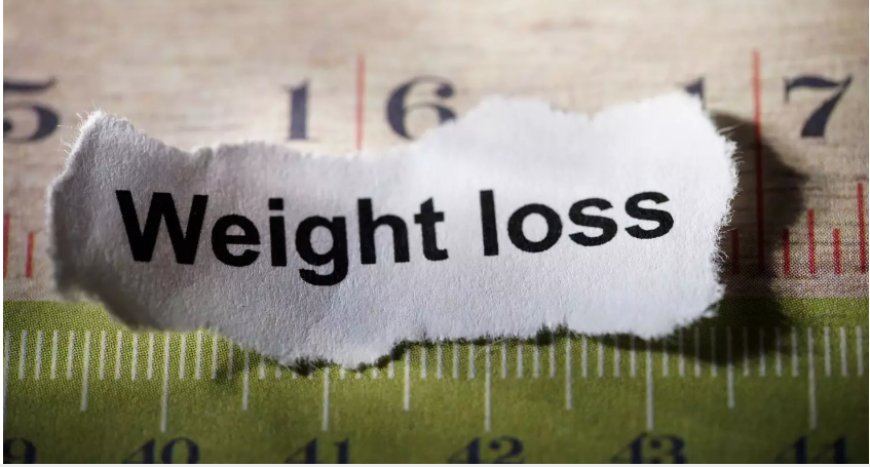Caring for the cancer patient: Diagnosing cachexia in cancer patients.

Our previous article described cancer cachexia – the signs and symptoms, causes, diagnosis and management in brief. Wasting syndrome, also known as cancer cachexia, is characterized by a progressive loss of body weight, muscle mass and adipose tissue, often accompanied by anorexia, weakness, and fatigue. Today, we are going to discuss the diagnosis of cachexia. It is usually made based on a combination of clinical and laboratory findings. Cachexia can be diagnosed using the following measures:
Body mass index (BMI)
Body mass index is the result of a person’s weight in kilograms divided by the square of height in meters (Kg/m2). It describes relative body weight and can give more information about a healthy weight. Used alone, BMI cannot evaluate cachexia since it cannot determine muscle-to-fat ratios.
An unintentional weight loss of at least 5% of body weight over six months is a standard criterion for diagnosis. However, in some cases, a more rapid weight loss may indicate wasting syndrome.
Lean muscle mass.
An assessment of body composition can help determine the ratio of lean to fat mass. Analysis of bioimpedance and skin fold test can be used. A reduced muscle mass can be determined by imaging techniques, such as computed tomography (CT) or magnetic resonance imaging (MRI), or by measuring mid-arm or calf circumference.
Blood tests
Tests that can be performed to determine cachexia include transferrin levels, white blood cell counts (WBC), serum albumin, uric acid, and other inflammation markers, such as C-reactive protein. Supporting laboratory evidence includes albumin of less than 3.2 g/dL, a pre-albumin value of less than 10 mg/dL, a transferrin level of less than 100 mg/dL, and a high C–reactive protein. Elevated levels of inflammatory markers such as interleukin-6 (IL-6) and tumour necrosis factor-alpha (TNF-α) have been implicated in the pathogenesis of cancer cachexia in affected patients.
Malnutrition Universal Screening Tool (MUST)
Several screening tools exist to identify cachexia, such as the Malnutrition Universal Screening Tool (MUST), which looks at the above combination. However, it is essential to note that there is yet to be a single screening tool that effectively detects cachexia singlehandedly. Cachexia can be divided into stages or grades, which can help healthcare providers better understand the natural history of cachexia.
Food Diary
A food diary is a tool you can easily use to keep track of the food and drinks you consume daily. Keeping a food diary is crucial to prevent or coping with cachexia. It will also assist your dietitian/ healthcare providers in calculating and monitoring your caloric intake. Need a food diary? Keep in touch; we will help you customize one.
Reduced functional capacity
Patients with wasting syndrome often experience declining physical activity and exercise capacity.
Summary.
The diagnosis of wasting syndrome in cancer patients requires a comprehensive assessment by a healthcare provider, as some of these symptoms may be associated with other conditions. Always talk to your care provider if you are concerned about recent weight loss.







